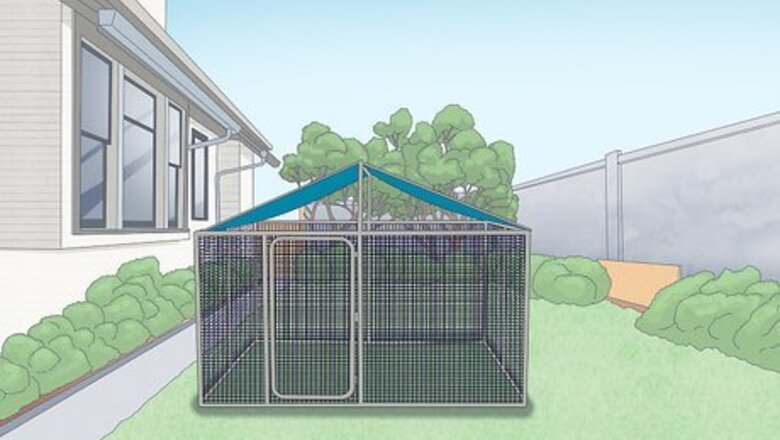
views
Making Your Yard Safer
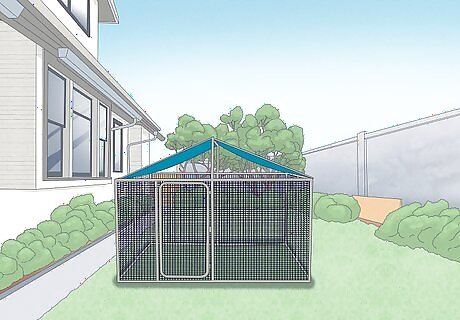
Cover outdoor dog pens or play areas. Build a roof over any areas of your yard where you let your dog play or rest during the day. This will keep birds from being able to see and dive for your dog from above. If you let your dog roam the entire yard, purchase a pet playpen to confine it to one area, and then cover it. If you can’t or don’t want to build a permanent structure, purchase an open-sided tent and put it up over the playpen.
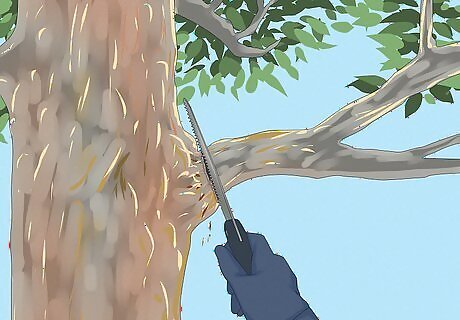
Prune tree branches to eliminate perches. Identify areas of your yard where your dog spends time off the leash (playpen, right outside the door, etc.). Prune back branches on any trees near these areas. This will reduce the number of possible places for birds of prey to perch.
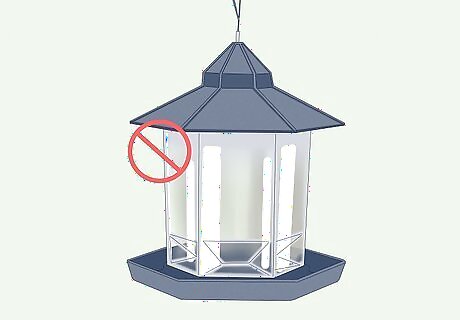
Remove bird feeders from your property. Bird feeders attract mice and small birds, which are prey for larger birds. If you see that your neighbors have bird feeders, discuss the threat that birds of prey pose to your dog. Ask if they’ll bring the feeders inside, at least while birds are nesting.
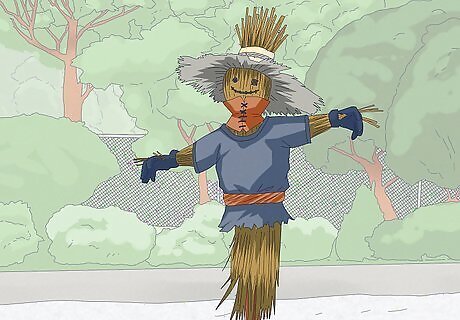
Set up a scarecrow or fake owl to deter birds of prey. Hawks and owls will be less likely to linger if they think there is a person or another bird of prey hanging out nearby. Make a scarecrow or purchase a realistic owl statue. Move it around every few days so that the birds don’t figure out the trick.
Practicing Safe Habits
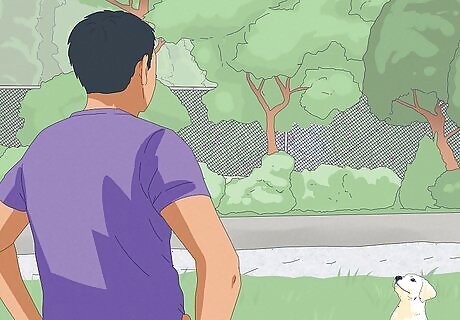
Supervise your dog whenever it’s outside. Even if you have a covered play area in your yard, never leave your small dog alone outside. Your dog may find a way out of its enclosure and wander out into full view of a bird of prey.
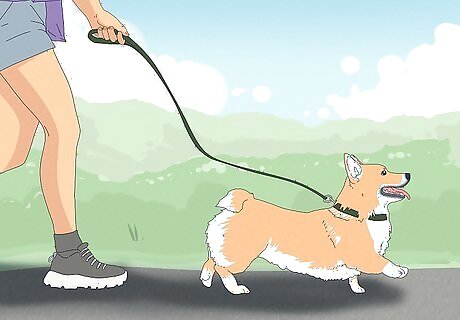
Keep your dog on a non-retractable leash during walks. Retractable leashes allow your dog to get too far away from you. Purchase a standard leash that is no more than 6 feet (1.8 m) long. And never let your dog off the leash while outside of your yard, even if you’ve never seen predators near your home.
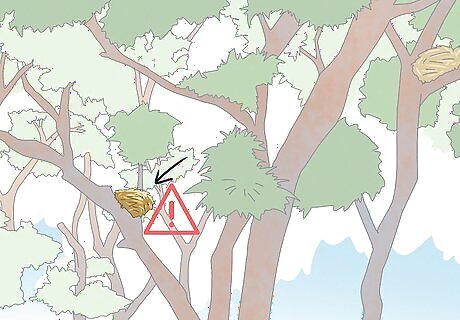
Keep your dog away from any trees with nests. Be on the lookout for trees, both near your home and along your walk route, where birds of prey have nested. These nests may be up in the branches or inside tree cavities. Don’t allow your dog off its leash, even in your yard, if a bird of prey has nested nearby. Wait until the eggs have hatched and the birds have left the nest before you let your dog off the leash outside. In the U.S., birds of prey are federally protected, so do not attempt to disturb or remove an active nest.
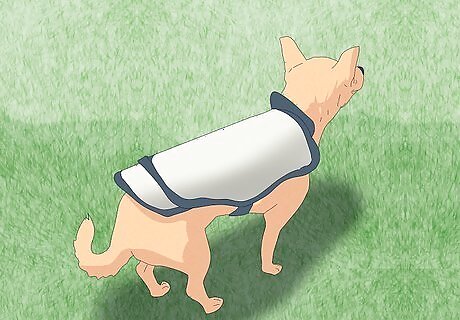
Purchase a Raptor Shield for your dog to wear outside. A Raptor Shield is like a dog coat that you sling over your dog’s back and clip under its stomach. The canvas material makes it impossible for a bird’s talons to latch onto your dog’s skin and carry it away. Put this on your dog whenever it’s outside, particularly if it will be off leash.
Handling Bird Interactions
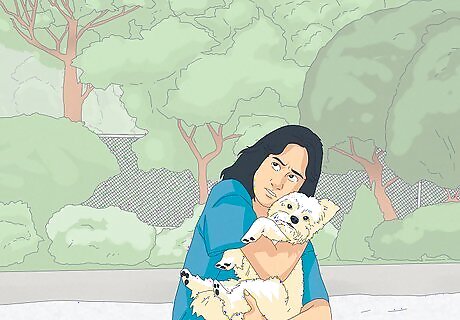
Pick up your dog as soon as you see a bird of prey. If you happen to see a predator while you’re outside, immediately pick up your dog and hold it close to your body. Take it inside, and do not let it back out until you have scared the bird away.
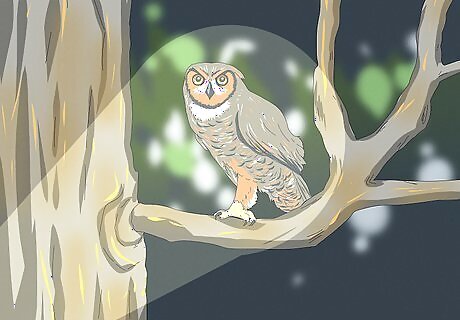
Shine a flashlight at owls to scare them away. If you’ve spotted an owl in your yard at night, find a flashlight with a strong beam and aim it at the owl’s eyes. This should scare it enough to send it flying away.
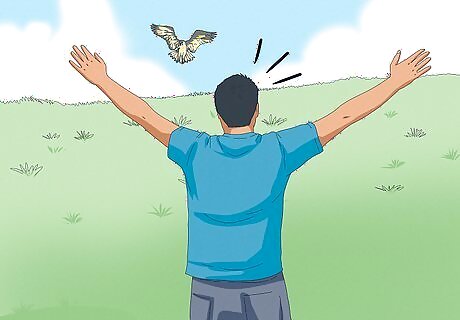
Make big arm gestures and loud noises to scare off hawks. Since hawks are federally protected, do not attempt to throw anything at one to scare it away. Instead, once your dog is safe, raise your arms over your head and wave them around. Yell and make loud noises to try to intimidate the bird to fly away.

Call your veterinarian if a bird makes contact with your dog. Actual bird attacks on dogs are rare, but if a bird does attempt to pick up your dog, check your pet carefully for injuries. Their talons can puncture skin, or it may drop your dog and injure one or more of its legs. If you see anything questionable in your dog’s behavior after an interaction with a bird of prey, immediately call your vet.




















Comments
0 comment